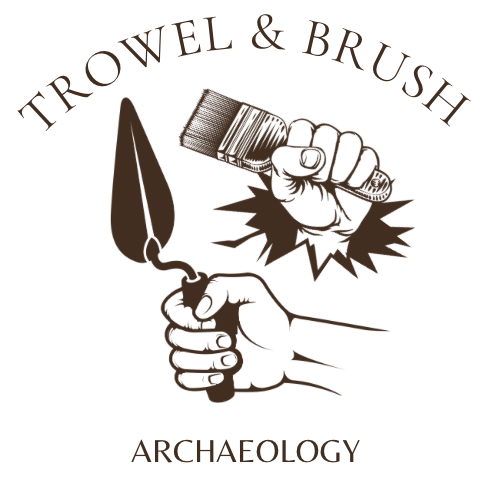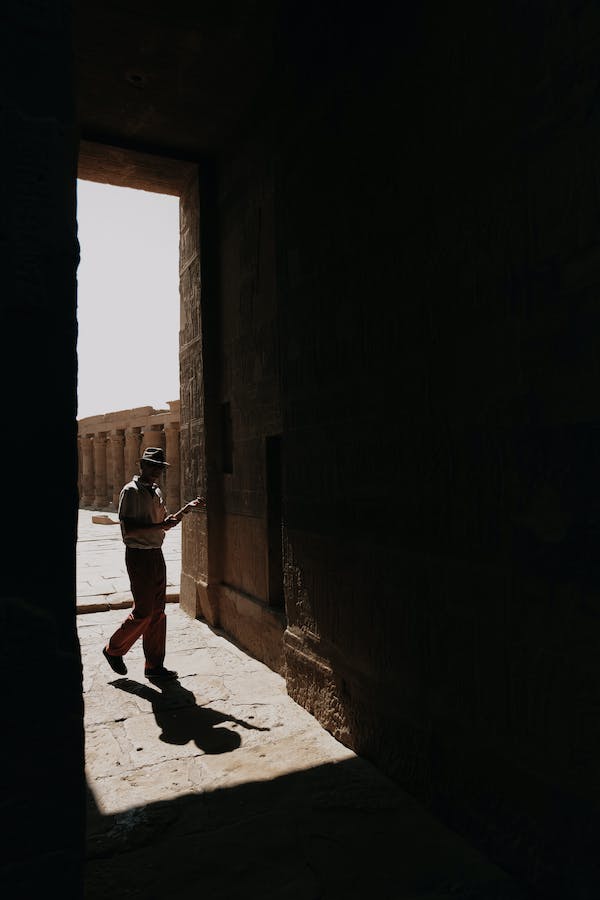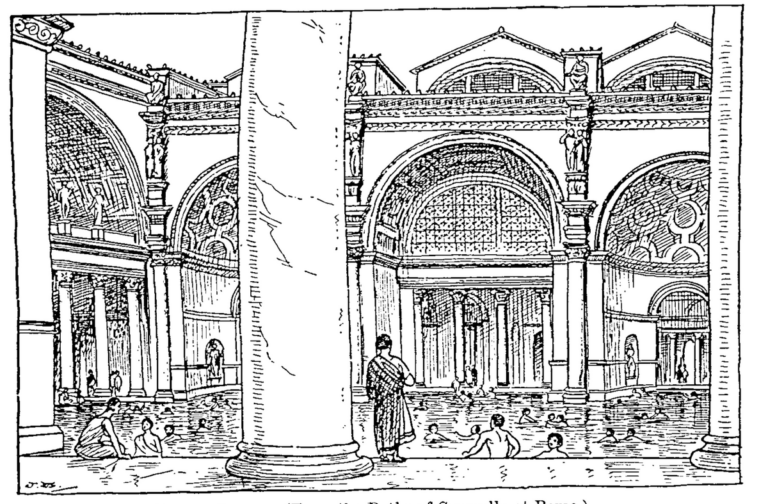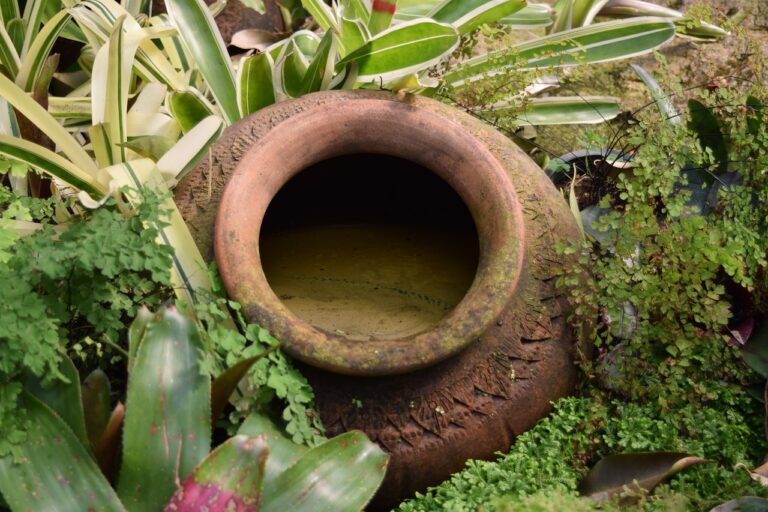5 Extraordinary Facts about Archaeology
When we think of archaeology, images of Indiana Jones and ancient ruins may come to mind.
But did you know that this captivating field is full of surprising discoveries and remarkable stories?
Join us on a thrilling adventure as we explore five fascinating and lesser-known facts about archaeology.
Grab your fedora, polish your magnifying glass, and let’s dive into the extraordinary world of archaeological wonders!
“Fun fact: Did you know that one of the oldest-known board games in the world was discovered during an archaeological excavation?
The game, called “Senet,” was played by the ancient Egyptians over 5,000 years ago.
It consisted of a board with 30 squares and pieces that were moved based on the roll of dice-like objects.
The rules of Senet are not entirely known, but it was a popular pastime in ancient Egypt, with both children and adults enjoying the game.
Archaeologists have found Senet boards and game pieces in tombs, suggesting that they held great significance in the afterlife.
It’s fascinating to think that people from thousands of years ago enjoyed playing games just like we do today!”

Trash Talk: The Archaeology of Garbage
Forget gold and jewels—archaeologists have a unique way of discovering secrets about civilizations through their trash!
Yes, you read that correctly.
The study of ancient waste, known as “garbology,” has become a valuable tool for understanding the daily lives of our ancestors.
Archaeologists can acquire valuable knowledge about diet, trade, and social hierarchies by carefully analyzing what are known as middens.
From analyzing ancient Roman garbage in Pompeii to sifting through the trash of 19th-century gold miners, these archaeological “trash talkers” have unearthed countless treasures.
So, next time you take out the trash, remember that even the mundane can hold a wealth of information!
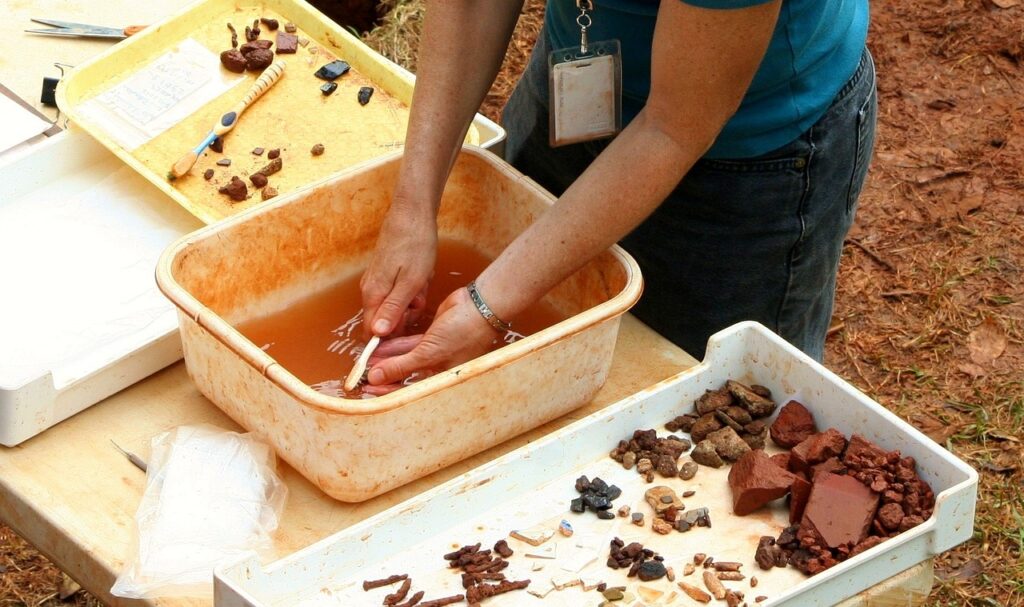
Ancient Chocolate?
Chocolate lovers have been around longer than you think!
Archaeology has uncovered a delicious secret hidden within the remnants of an ancient civilization.
In the jungles of Central America, archaeologists found Mayan pottery vessels dating back over 2,000 years that contained traces of cocoa residue.
This discovery revealed that the Mayans were indulging in chocolate long before it became a worldwide sensation.
The Maya believed that cacao had divine properties, and it was often used in sacred rituals and as a currency.
If you’re interested in the techniques used to make this ancient chocolate, check out this video by National Geographic, wherein the historic town of Antigua, Guatemala, chocolate artisans still employ age-old Maya techniques. https://www.nationalgeographic.com/travel/article/anitgua-maya-chocolate-making

Pompeii’s Graffiti
When Mount Vesuvius erupted in 79 AD, the bustling city of Pompeii was buried under layers of ash and preserved for centuries.
While the perfectly preserved frescoes and buildings are well-known, the graffiti found on the walls of this ancient city is equally intriguing.
From political slogans and advertisements to love notes and crude jokes, the graffiti provides a unique glimpse into the everyday lives of the Romans.
It’s like reading a time capsule of the ancient world, revealing the thoughts, desires, and humor of ordinary people.
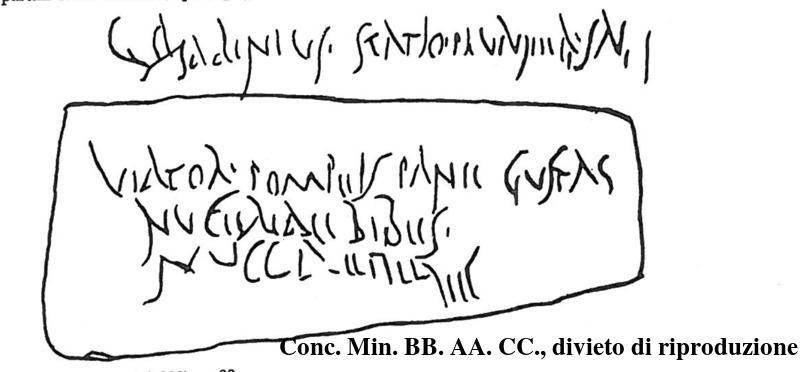
The quest for Atlantis
When we think of archaeological excavations, we often picture teams digging in deserts or unearthing ruins on land.
However, some of the most astounding archaeological discoveries lie beneath the ocean’s surface.
Underwater archaeology explores submerged sites, uncovering lost cities and shipwrecks that have been hidden for centuries.
One remarkable example is the city of Heracleion, also known as Thonis, which was submerged off the coast of Egypt for over 1,200 years.
Through underwater excavations, archaeologists have brought to light monumental statues, temples, and artifacts, offering invaluable insights into the ancient world.
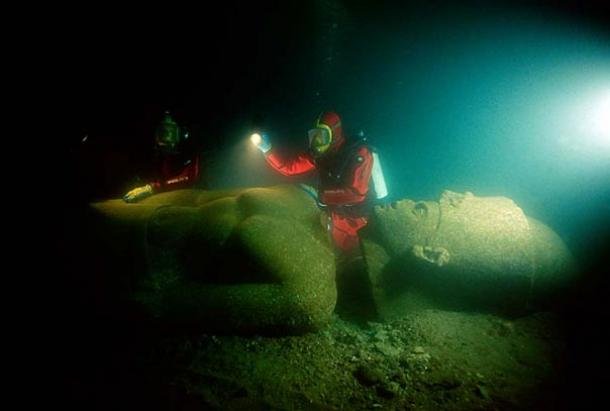
The Astonishing Nasca Lines
Venturing to the arid plains of southern Peru, we encounter a feat of artistic mastery etched into the desert floor—the Nasca Lines.
These massive geoglyphs, created over 2,000 years ago, depict various animals, plants, and geometric shapes.
But here’s the mystery: these colossal artworks can only be fully appreciated from the air!
How did the ancient Nasca people, without the aid of modern technology, create such precise and intricate designs?
Were they celestial messages, agricultural calendars, or something yet to be understood?
Archaeologists continue to debate their true purpose, leaving us captivated by their enigmatic allure.
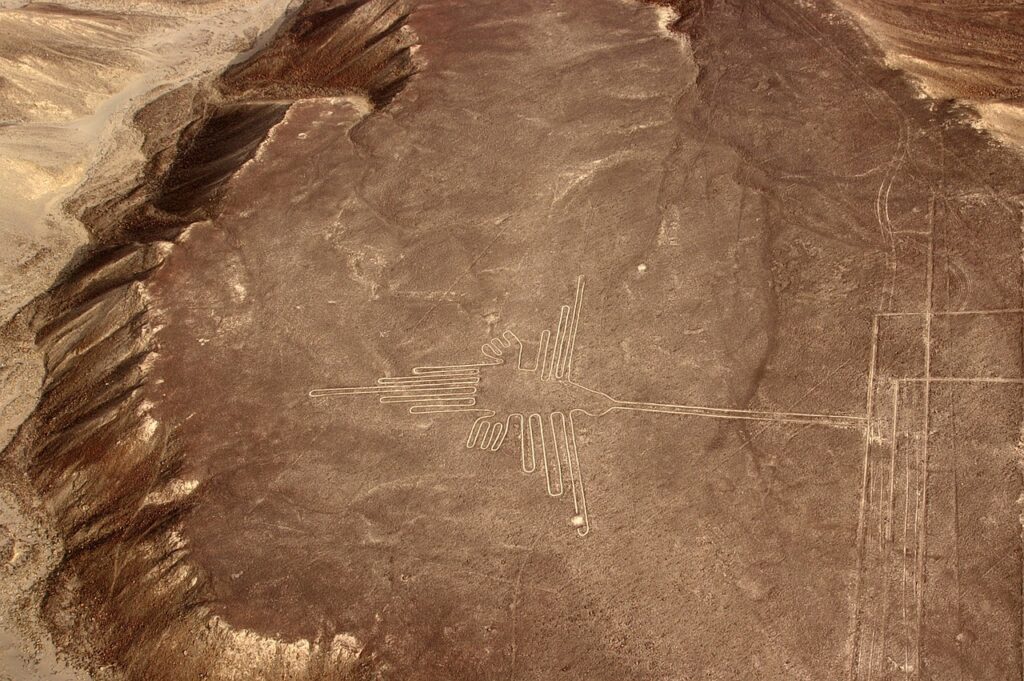
Conclusion
Archaeology presents us with countless riddles and hidden wonders.
From deciphering ancient trash to exploring secret underwater cities, this captivating field offers endless opportunities for discovery and enlightenment.
As we dive deeper into the realms of the unknown, remember that the mysteries waiting to be unearthed are as vast as the sands of time.
So, fellow adventurers, keep your curiosity aflame and your imagination alight, for the greatest discoveries may yet lie hidden beneath our very feet.
If you’re interested in other fascinating archaeological content, check out our other articles here: https://trowelandbrush.com/category/archaeology/
